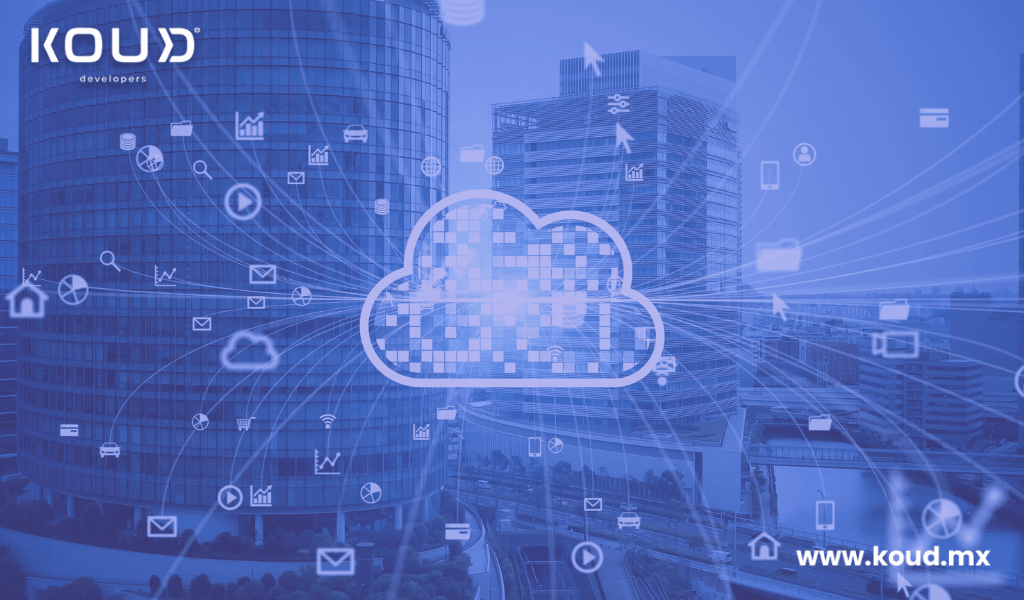Innovations in Routing Software That Will Revolutionize Deliveries in 2024
Routing software has been a fundamental tool for logistics and distribution companies, helping them optimize delivery routes, reduce operational costs, and improve overall efficiency. However, in 2024, a wave of technological innovations is taking routing software to a new level, promising to revolutionize how companies manage their delivery operations. These innovations go beyond simple route optimization, integrating emerging technologies such as artificial intelligence, machine learning, automation, and real-time data to create smarter and more efficient systems.
In this article, we explore the main innovations in routing software that are set to transform deliveries in 2024 and how these technologies can help companies remain competitive in an increasingly demanding logistics market.
AI-Based Route Optimization
Artificial intelligence (AI) is transforming routing software by providing advanced data analysis capabilities that allow real-time route optimization. Unlike traditional systems that only calculate routes based on predefined distances and times, AI can analyze a wide range of factors, such as real-time traffic, weather conditions, vehicle capacity, and delivery constraints to create highly optimized routes.
Advantages of AI in Routing Software:
- Dynamic Adaptation: Routes can be adjusted in real-time based on changing traffic conditions, accidents, or road closures.
- Multivariable Optimization: AI considers multiple factors simultaneously, allowing for more precise optimization of delivery times and costs.
- Reduction of Operating Costs: Advanced optimization saves fuel and time, reducing transportation costs and improving overall efficiency.
Machine Learning Algorithms for Demand Prediction
Machine learning algorithms are playing a key role in demand prediction and proactive delivery route planning. By analyzing historical order data, customer behaviors, and purchasing patterns, routing systems equipped with machine learning can predict future delivery volumes and adjust routes to manage these demands more efficiently.
Benefits of Machine Learning in Routing:
- Anticipation of Demand Peaks: Companies can prepare for demand spikes, such as those occurring during holiday seasons or special events, and plan optimized routes accordingly.
- Better Resource Allocation: Companies can use data to better allocate the necessary vehicles and personnel to handle anticipated order volumes.
- Higher Customer Satisfaction: The ability to accurately predict delivery times improves reliability and customer satisfaction.
Real-Time Data for More Accurate Deliveries
The use of real-time data has revolutionized accuracy in managing delivery routes. Modern routing software systems can now receive constant updates about traffic conditions, vehicle availability, delivery statuses, and driver locations. This data enables immediate adjustments to routes to ensure timely and efficient deliveries.
Advantages of Using Real-Time Data:
- Improved Delivery Accuracy: Real-time updates allow drivers to adapt to traffic conditions, minimizing delays and improving punctuality.
- Vehicle Monitoring: Companies can track their vehicles’ locations in real-time, enabling better coordination and greater transparency with customers.
- Quick Response to Changes: In the event of unforeseen issues such as delays, order changes, or rescheduling needs, routes can be modified instantly to minimize disruptions.
Routing Software with Last-Mile Automation
The focus on the last mile has been an ongoing challenge for logistics companies, as it is the most costly and complex stage of the entire delivery process. In 2024, we will see an increase in last-mile automation, using drones, delivery robots, and autonomous vehicles integrated into routing software. These systems will allow for greater efficiency and lower costs in local deliveries.
Innovations in Last-Mile Automation:
- Delivery Drones: Companies will be able to use drones to deliver small packages in urban and rural areas, optimizing time and resources used in the last mile.
- Autonomous Vehicles: The integration of autonomous vehicles into routing software will reduce the need for human drivers, enabling faster and more efficient deliveries.
- Delivery Robots: Autonomous robots navigating sidewalks and campuses are set to make package delivery more efficient in congested urban areas.
Smart Fleet Management Systems
Advanced fleet management systems are becoming an integral feature of modern routing software. These systems not only allow companies to monitor and manage their vehicles more efficiently but also utilize technologies such as IoT (Internet of Things) to collect real-time data about vehicle status, fuel performance, and driver behavior.
Improvements in Fleet Management:
- Preventive Maintenance: IoT enables data collection on vehicle conditions, facilitating preventive maintenance and reducing downtime.
- Fuel Optimization: Smart systems can monitor fuel consumption and optimize routes to reduce energy usage.
- Improved Driver Safety: Real-time sensors and data can alert to unsafe driver behaviors, helping to enhance overall fleet safety.
Integration of Routing Software with ERP and Inventory Systems
In 2024, the integration of routing software with ERP (Enterprise Resource Planning) systems and inventory management systems will be a key trend for optimizing delivery operations. This integration will allow for greater visibility and control over orders, logistics, and product availability, facilitating more efficient route planning and better resource management.
Benefits of Systems Integration:
- Seamless Operation Coordination: By integrating routing software with ERP systems, companies can better coordinate deliveries with inventory management, avoiding delays and stock shortages.
- Increased Visibility: Integration provides a comprehensive view of the supply chain, enabling companies to quickly respond to changes in orders and customer needs.
- Error Reduction: Automatic synchronization between systems reduces manual errors in route planning and inventory management.
Conclusion
The innovations in routing software being introduced in 2024 promise to radically transform how companies manage their deliveries. From AI-based route optimization and the use of real-time data to last-mile automation and integration with ERP systems, these technologies are designed to enhance efficiency, reduce costs, and provide a faster, more accurate delivery experience for customers. As logistics and distribution companies adopt these innovations, they will be better prepared to face the challenges of a rapidly evolving market and offer cutting-edge delivery solutions.

